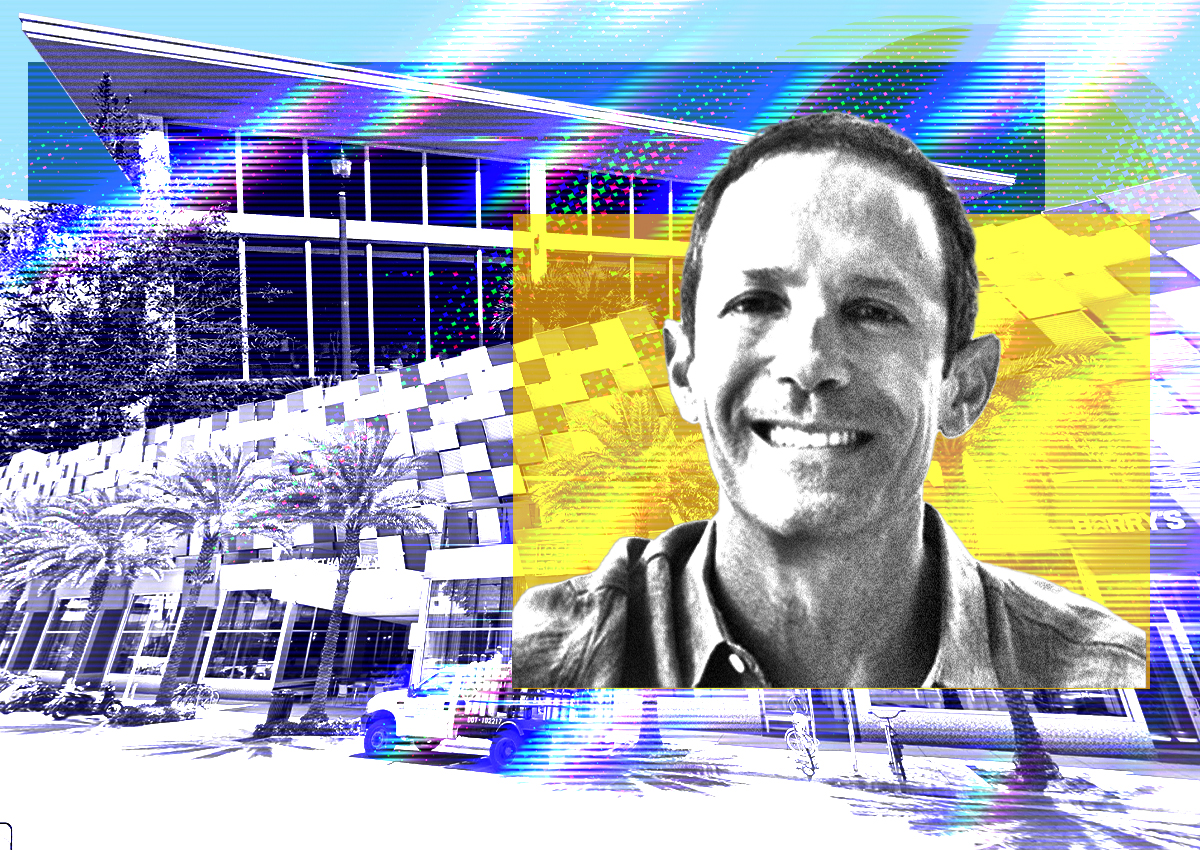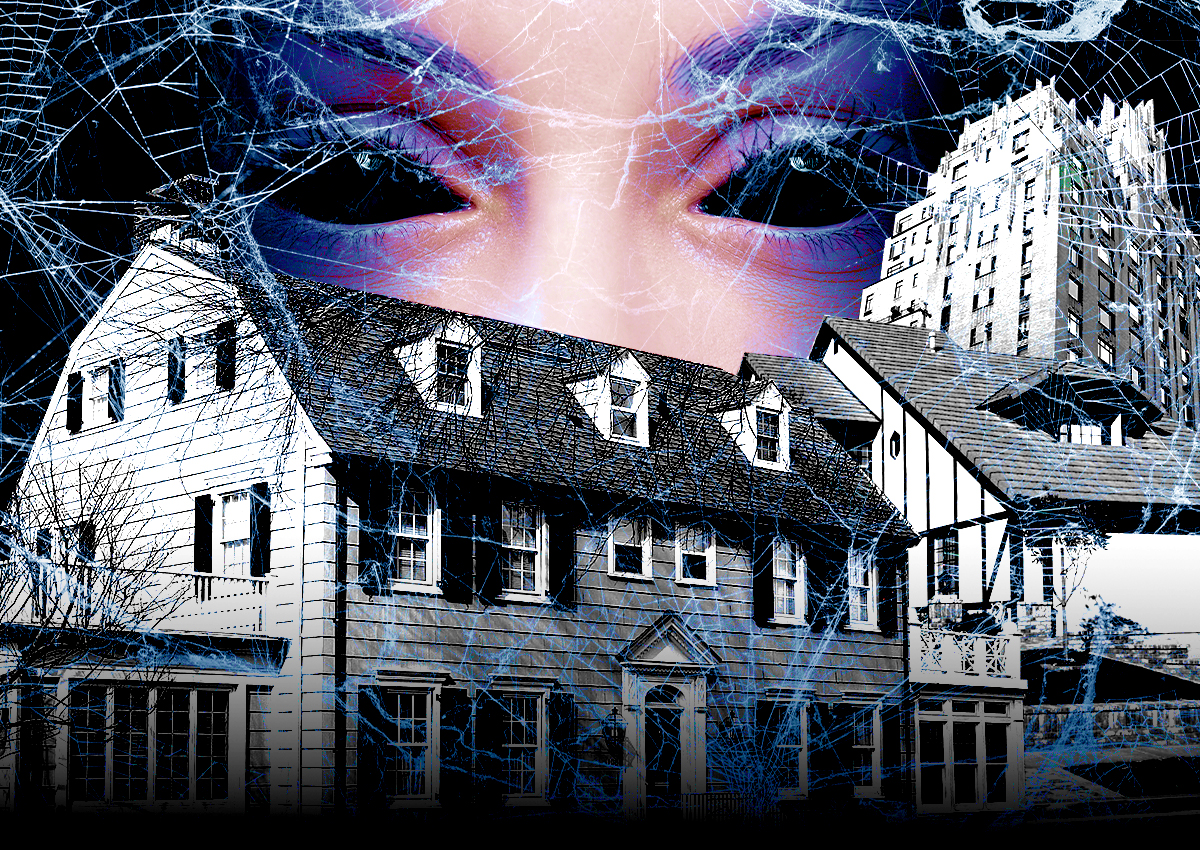
For decades, the Financial District has been the engine of downtown Los Angeles. But its great rumble has died down, and a quarter of the office is now empty.
The soaring glass towers and restaurants and businesses that once relied on large numbers of workers could be restored – but only if the area’s identity transcends a ring of white-collar office space, The Los Angeles Times reported.
For city planners, real estate developers and business owners with stakes in downtown, the neighborhood could come back if it follows the path of New York’s financial capital.
Lower Manhattan, which faced an exodus after 9/11, was revived with more diverse uses. It’s still an office district, but it’s a residential neighborhood with more shops, restaurants, parks and hotels than it did before the attack. A performing arts center It will open this fall.
“Cities grow. That’s what they do,” Nick Griffin, Executive Director Downtown Business Improvement District, told TIME. “From natural disasters, wars, and epidemics. They evolve with market changes, customer preferences, and cultural shifts.”
Los Angeles’ tight housing market, coupled with sluggish office rents, Opens up the possibility of converting some office buildings into housing or hotels. While some business owners have given up on the financial district, others see an opportunity to get in at an affordable price during the recession.
More residents and visitors will make the neighborhood more vibrant and better support restaurants, shops and nightlife, Griffin said. Griffin’s nonprofit coalition has more than 2,000 property owners. “It’s a good thing if we replace some offices with homes.”
Downtown Los Angeles, including the Financial District, has been severely impacted by the pandemic and the era of remote work. Owners of some downtown high-rise office buildings are facing defaults, foreclosures and hasty sales as demand plummets.
According to CBRE, the downtown Los Angeles office market had a vacancy rate of 24% in the first quarter, up from 21.1% a year earlier, on 69 million square feet. That percentage is expected to climb to 30 percent as some companies shrink offices or move out of city centers.
Fortunately for downtown, its 35,000-plus apartments — built after 1999 — are still almost fully occupied.
Three new hotels recently opened, A 42-story apartment building Rentals will begin later this year. Bottega Louie, a top-grossing restaurant before it closed due to the pandemic, reopens in 2021. Beverly Hills steakhouse Mastro’s also opened a seafood restaurant near the Crypto.com Arena last year.
Last week, Metro opened its new Regional Connector, a 1.9-mile underground downtown track that adds three more stations and connects different lines for smoother travel.
— Dana Bartholomew







